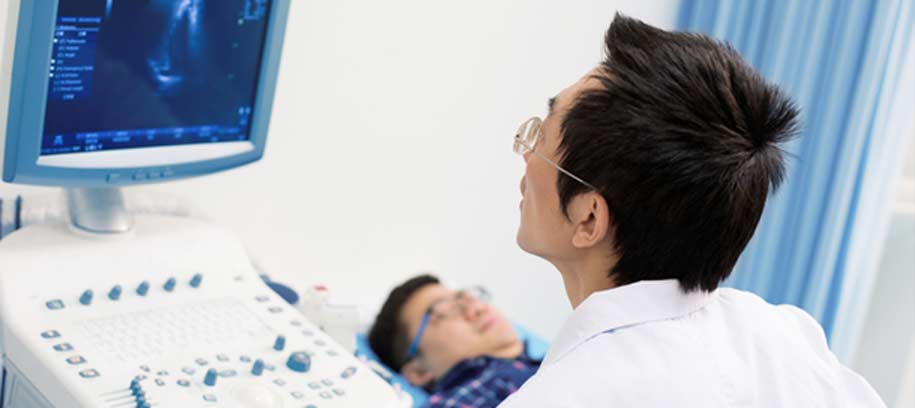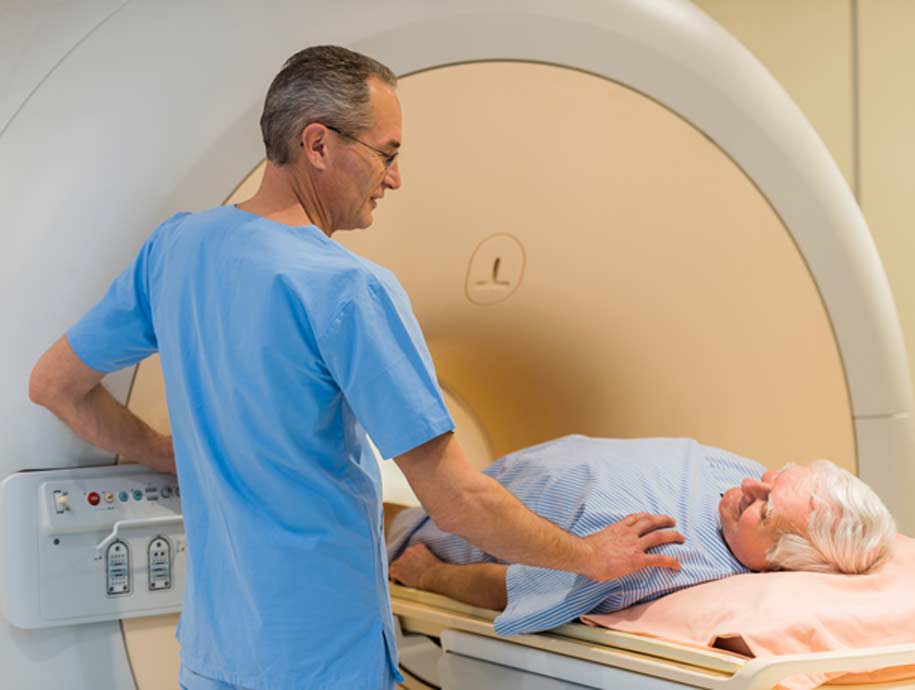
Artemis biopsy is a relatively new biopsy technique that can be used to diagnose the presence of prostate cancer.
This procedure combines traditional biopsy methods with both MRI and ultrasound images to increase the accuracy of the diagnosis. It is achieved through the combined efforts of a radiologist who is trained in cancer detection and a urologist who is trained to use the Artemis machine.
How it’s Done
This procedure is most often performed during a specifically scheduled appointment, and the patient is able to go home shortly after the biopsy is completed. First, the patient will undergo an MRI scan. Artemis biopsies utilize multiparametric MRIs which are able to indicate blood flow. The radiologist will use this technology to highlight areas of concern.
Then, the urologist will take ultrasound images of the same gland. The Artemis screen allows the physician to see both MRI and ultrasound images at the same time, and it layers these images by matching specific coordinates. The end result is a 3D representation of the gland with potentially cancerous regions highlighted. The physician can use this model to determine ideal areas to collect tissue from. The tissue samples that the physician collects will then be sent for laboratory assessment, which the patient should expect to hear the results of within a few days. Most patients are able to return to their daily activities soon afterward.


How to Prepare
This biopsy technique doesn’t require very much preparation on the part of the patient. The main way for the patient to be adequately prepared is to fully discuss medical history, medications, and the risks with the physician. This procedure is not considered high-risk, but certain conditions and procedures could increase the risk of specific complications.
Additionally, this procedure may require the patient to temporarily cease taking specific medications such as anticoagulants. Many physicians will also prescribe antibiotics for the patient to take a few days before and after the procedure, but this is simply a precautionary measure. Some physicians will also instruct the patient to deliver an over-the-counter enema to themselves the morning of the procedure. Some doctors will prefer for the patient to fast for a short time leading up to the procedure but many do not require this.
Benefits of Artemis Biopsy
The main benefit of Artemis biopsies is that they are considered more accurate than the previously utilized diagnostic tests. For example, physicians have been performing prostate-specific antigen, or PSA, blood tests to determine a patients risk for prostate cancer. However, time has indicated that some patients with elevated PSA levels don’t have cancer and other patients who have low PSA levels do. Additionally, traditional biopsy methods usually only include the testing of a few standard areas in the gland but these areas aren’t patient-specific. By utilizing two different imaging techniques, the physician is able to have a complete picture that is personalized to the patient. This has shown to increase the accuracy of the biopsy and decrease the need for repeated biopsies.


